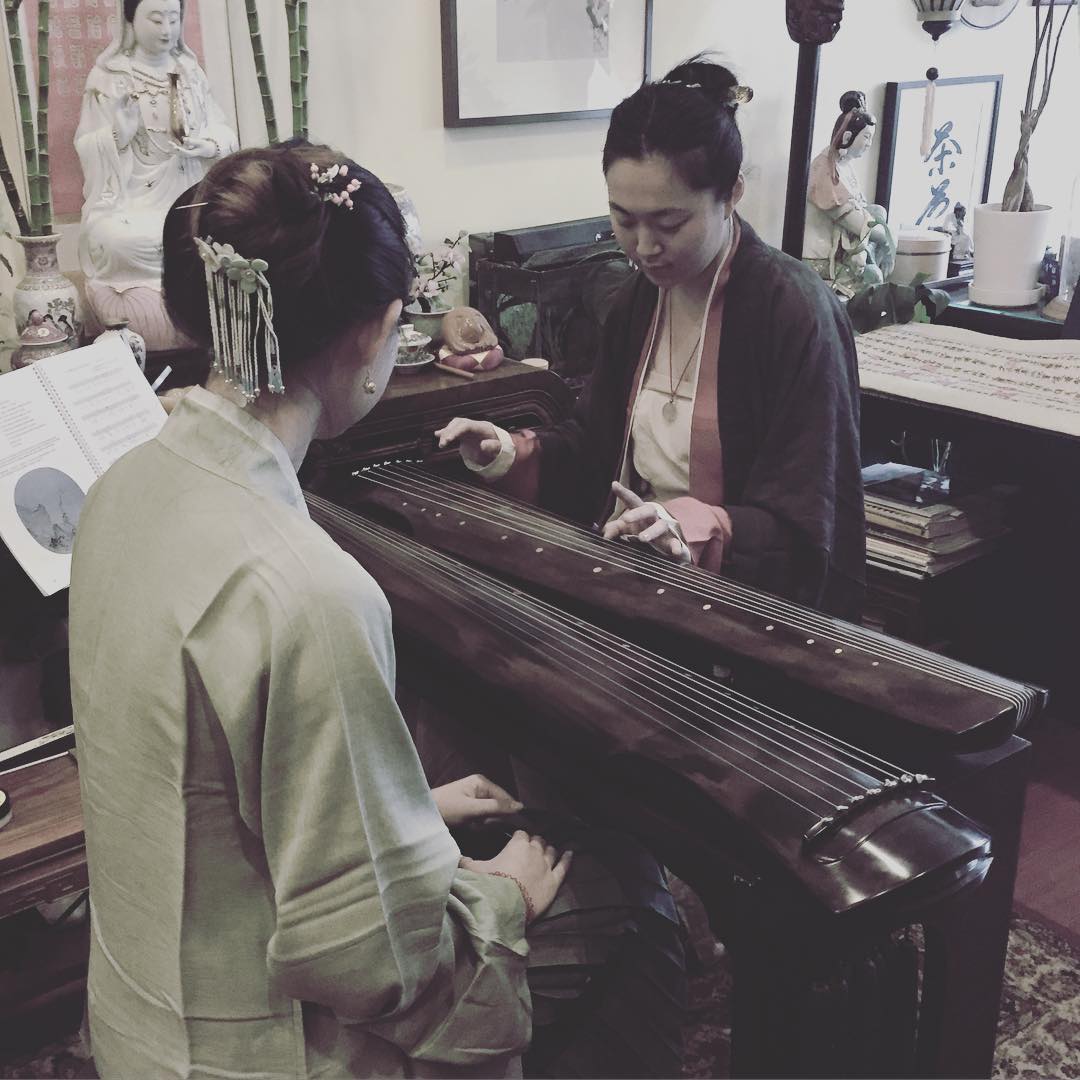
Guqin: A Musical Instrument, Not a Sacred Relic
Share
Guqin: A Musical Instrument, Not a Sacred Relic
Guqin, at its essence, is an instrument of sound, not a mystical artifact. However, in certain circles, it has been exalted beyond its identity as a musical medium—some revere it as a ceremonial object, others as a spiritual conduit imbued with esoteric significance. This sanctification has, paradoxically, estranged it from the realm of pure music, confining it within a self-congratulatory bubble of exclusivity. Rather than embracing its role as an instrument meant to be played, appreciated, and shared, this artificial mystique places it on an untouchable pedestal, discouraging genuine engagement and reducing it to a mere status symbol for the self-proclaimed enlightened. In doing so, it deprives audiences of its true purpose—music—and risks sealing it away in an artistic dead end.
The Beauty of Guqin Lies in Music, Not in Mysticism
The allure of guqin is not found in ritualistic spectacle but in its unparalleled musical depth. Its open-string resonance is profound and solemn, its harmonics ethereal and luminous, and its pressed tones rich with nuance. These elements interlace to create a sonorous tapestry of unparalleled elegance. Pieces like Flowing Water evoke the ceaseless motion of streams coalescing into roaring torrents, their momentum painted in sweeping tonal shifts. Three Variations on the Plum Blossom captures the resilience of winter’s solitary bloom, its harmonics light and crystalline, stirring the spirit with its fragile yet defiant grace. Drunken Madness embodies the wild, unrestrained temperament of Ruan Ji, oscillating between exuberance and despair in a tempest of sound.
Yet, instead of celebrating this musical brilliance, some have veered into the realm of the arcane, branding the guqin as a tool for spiritual cultivation, an instrument that must be handled only by those deemed worthy of its supposed esoteric wisdom. This deliberate obscuration has fostered a climate of elitism, making the guqin less an accessible instrument of artistic expression and more a cryptic artifact shrouded in layers of unnecessary complexity. This imposed inaccessibility does not elevate the guqin—it isolates it.
Guqin Belongs to All, Not Just a Select Few
Historically, the guqin was cherished by scholars and literati, not as an object of mystical power, but as a medium for intellectual and emotional expression. Like the pipa, the dizi, or the erhu, it was meant to be played, not idolized. The appeal of guqin compositions lies in their ability to articulate the human condition—whether the defiant resolve of Guangling San, the melancholic farewell of Yangguan Sandie, or the tranquil expanse of Wild Geese Descending on a Sandy Shore. These pieces resonate because they capture universal emotions, not because they are cloaked in an aura of mysticism.
Yet, modern guqin culture has tilted dangerously toward exclusivity, with some purists preaching concepts of qin morality and qin philosophy, erecting invisible walls that deter newcomers. Certain so-called “qin academies” masquerade as custodians of tradition, while in reality, they commodify exclusivity, propagating the notion that only the enlightened few can grasp the instrument’s profundity. With convoluted terminology and exaggerated ceremonial formalities, they alienate potential learners, fostering the misconception that one’s personal refinement must reach a certain threshold before they are "worthy" of the guqin. Such artificial barriers sever the guqin from the larger musical landscape, portraying it as something remote and inaccessible rather than a living, breathing art form meant to be embraced.
The Future of Guqin Lies in Exchange, Not Isolation
For the guqin to thrive, it must not retreat into an insular world of self-imposed seclusion but instead open itself to dialogue with global music traditions. Increasingly, musicians across cultures are exploring its potential—integrating it with electronic soundscapes, weaving it into orchestral symphonies, and even using it in improvisational jazz settings. With its deep, meditative timbre and shimmering harmonics, the guqin holds the capacity to bridge cultures, enriching global musical conversations rather than being constrained within the rigid confines of an antiquated intellectual elite.
Music, by its nature, should flow freely—it is not meant to be enshrined within the confines of exclusivity. As one of China’s most ancient instruments, the guqin’s legacy should not rest upon an exaggerated sense of mystique but on the sheer power of its sound. It should be heard, played, and appreciated by all, not merely venerated from afar. Its future lies not in secretive circles of self-proclaimed connoisseurs but in the hands of those who will breathe life into it through genuine musical expression.
The guqin is not a relic to be worshiped; it is an instrument to be played. Let it sing, let it resonate beyond enclosed spaces, and let its voice reach the world.

